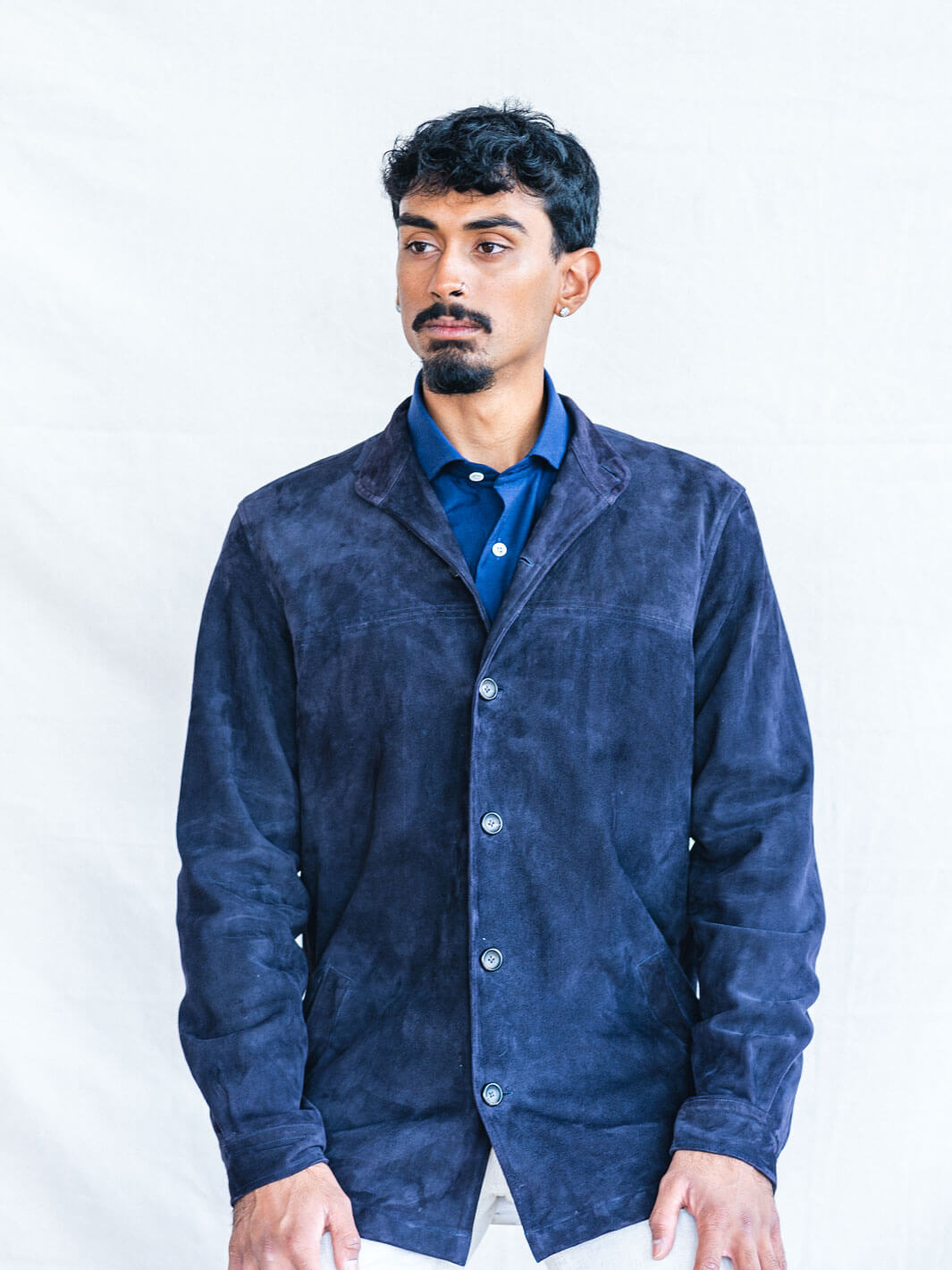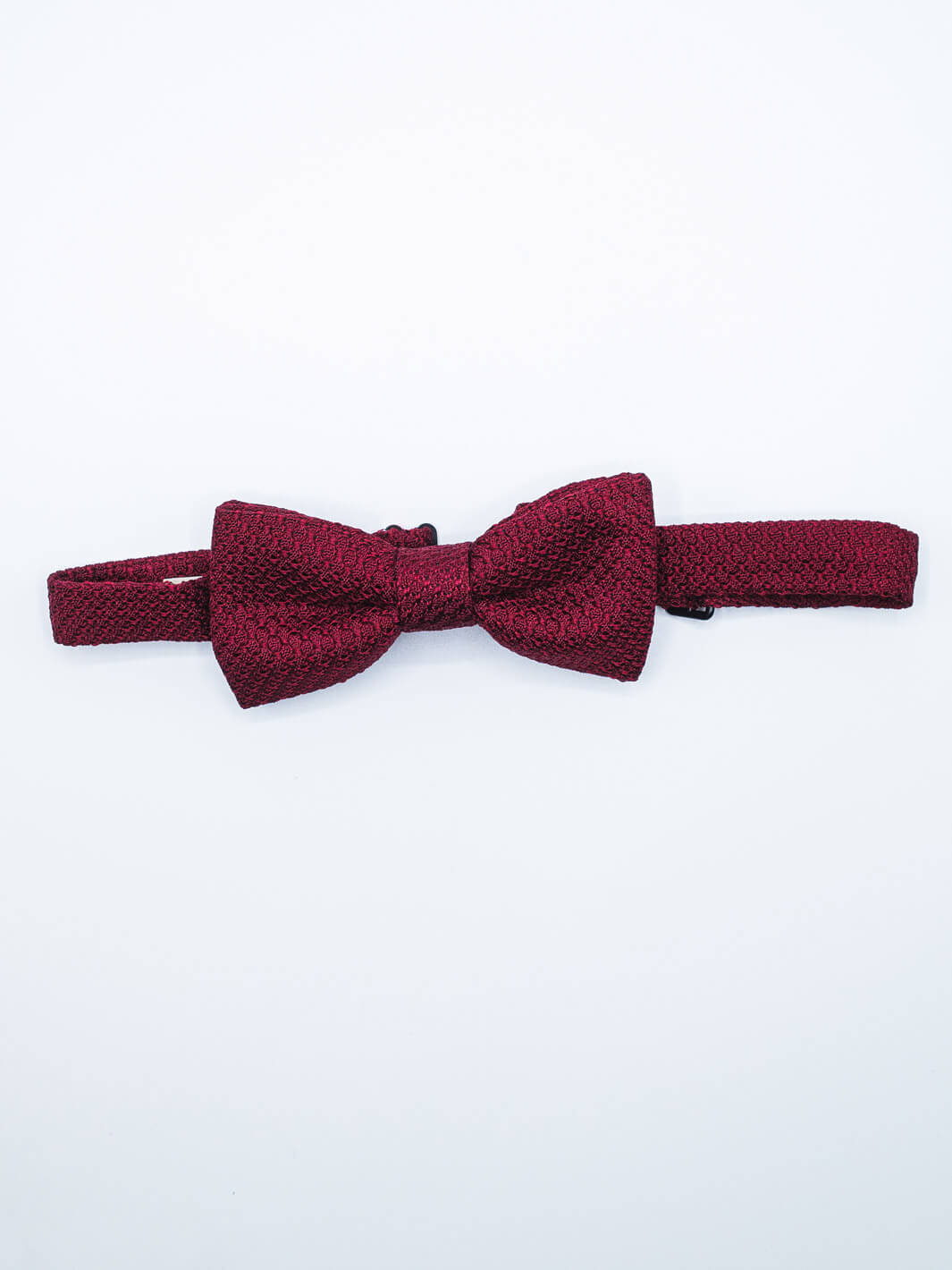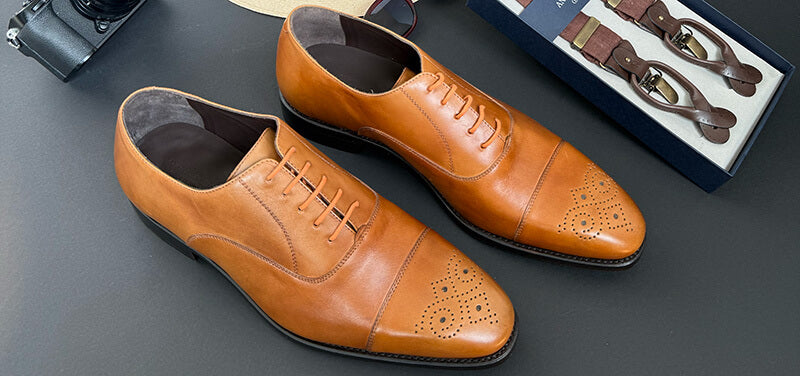The domestication of the horse, about three-and-a-half millennia ago, redrew the world map by introducing chariot warfare and facilitating trade and communications between empires. Far more importantly, for those of us with a sartorial persuasion, it also saw robes, togas, and tunics replaced—out of necessity for mobility, modesty, and warmth on horseback—by trousers.
Since then, the menswear canon has encompassed everything from codpieces to cargo pants, via hose, leggings, stockings, breeches, pantaloons, bell-bottoms, sweatpants, jodhpurs, and jeans. And shining out like a beacon of elegance amid this quirky dabbling with the basic concept, we have trousers in their purest form: underappreciated garments that form the foundation of a tailored wardrobe.
Choose correctly and they define your proportion, line, and comfort throughout the day. But what separates a truly great pair from the average? Here are some of the variables.
The Rise: Mid, High, and Everything Between
The “rise” refers to the distance between the crotch seam and the waistband—and it determines not only comfort, but also formality and how a garment sits on the body. The high-rise look, sitting further up the torso, is often part of a classic, elegant silhouette, especially with a tucked-in shirt or knit and traditional tailoring. It can also make a particularly tall gent appear better proportioned.

Mid-rise trousers, meanwhile, rest just below the natural waist and pair well with contemporary tailoring. At Anatoly & Sons, we’ve introduced two new signature trousers: Italian Blend trousers, which feature a mid-rise with a flattering taper, and French/English Blend trousers, with a high rise, sculpted seat, and generous room through the thigh. Read further for more on these two distinct silhouettes.
Pleats: Form Meets Function
Pleats began appearing in trousers around the 1920s–1930s, when more of an emphasis on comfort, particularly when seated, emerged (Fred Astaire—who, for obvious reasons, was borderline obsessive about ease of movement in his tailoring, was, along with Cary Grant, among the silver screen legends who made pleated trousers fashionable around this time).

Single pleats, which refers to one fold existing on each side of the front of the trouser, offer a slimmer silhouette, and nod to tradition while keeping things streamlined. Double pleats add more dimension to the garment, and make the fit through the hips more generous. Fans of the classic drape in tailoring—especially those with athletic builds—often prefer double pleats. For a bold, classic 1930s look, some stylish gents opt for two inward-facing deep pleats paired with a high rise.
It’s when they’ve been cut with expertise that pleated trousers truly come into their own—structured, but never stiff.
The Waistband: Extended Vs Un-Extended, Side Tabs, Bearers
When evaluating trousers, true menswear aficionados will often look straight to the waistband. Its level of refinement is one of the quiet indicators of real craftsmanship.

Many style gurus blanch at the existence of belt loops (“a properly tailored trouser shouldn’t need a belt to hold it up,” so the reasoning goes). Whatever your view, side tabs in place of belt loops make for an elegant, minimalist finish. Extended waistbands—often feeding through a cloth loop reminiscent of a belt loop—help the garment sit flatter and look cleaner under knitwear or tucked-in shirting.
All our trousers feature a split waistband, defined by a V-notch at the back, which adds comfort and makes adjustments easier. Since the seam is already “open,” a tailor can alter the fit without disturbing the trouser’s all-important line.

Anatoly & Sons customers will find French bearers—also known as interior waist closures—on our French/English Blend models. These distribute tension across the closure, keeping the front flat and enhancing comfort.
Making The Cut: The Importance of Line & Movement
Anatoly & Sons believes in timeless elegance, not the whimsical banalities of trend. We’re unmoved by the cyclical fads of skinny trousers, and neither do we swing wide simply because the ephemeral tides of fashion tell us to.
So what do we advocate? A proper cut that respects the wearer’s natural shape. Specifically: enough room in the seat and thigh, a gentle taper through the leg, and clean lines unbroken by excess fabric or bulk.

Fit is personal, but proportion is universal—and timeless.
In keeping with this philosophy, hems should be unfinished: left long so a tailor can set the inseam (the measurement from the crotch seam down the inside of the leg) precisely, and—should the wearer prefer—add cuffs for a more casual look.
Mass-market brands finish hems at the factory to simplify inventory, while higher-end makers leave them raw. Makers serving discerning clients trust those clients with the sartorial savvy to shape the fit themselves, rather than simply accepting garments as they come. All Anatoly & Sons trousers sold online and in store are unhemmed.
The Fabric: Drape, Durability, Breathability
No amount of strict adherence to the above will come to full expression if you don’t choose the right material for your needs.
If you reside in—or regularly travel to—warmer climes, consider high-twist or tropical wools. For colder settings, flannel bridges formal and casual attire; cavalry twill provides sturdiness and shape retention; and heavy linens add structure with a seasonal character.

At Anatoly & Sons, we don’t simply curate cloths based on research and visuals: every fabric we select is tested for drape, resiliency, tactility, and long-term comfort. To learn more, please see our Mills & Merchants page.
Whilst on the topic of fabric, a well-made trouser will include a measure of extra cloth—also called a seam allowance—built into the garment. This allows the waist, seat, and thigh to be altered. The absence of this is a tell-tale sign that the garment was never intended to last beyond a brief phase of the owner’s life.
Introducing… The Anatoly Signature Trouser Models
As alluded to above, we’ve devised two distinct silhouettes rooted in the tailoring traditions we admire most:
The Italy Blend
This mid-rise, single-pleat, tapered-leg trouser takes inspiration from Rota—described by Simon Crompton on Permanent Style as “one of the best makers of trousers in Italy”—as well as Neapolitan tailoring giant Rubinacci. It is conceived for daily wear, designed to pair seamlessly with lightweight wools and linens in the rest of the ensemble.
The French/English Blend
This high-rise, double-pleat trouser with curved side tabs and a sculpted seat has been constructed with the work of London tailoring giants Anderson & Sheppard and Edward Sexton in mind. The latter, for the uninitiated, played a major role in revitalizing Savile Row by aligning it with the sartorial mores of Swinging Sixties London. His garments are accordingly dramatic, yet refined and commanding.
These two trouser options—distinctive, yet both rooted in the core ethos of classic menswear—reflect a simple principle: a well-made trouser doesn’t shout. It speaks quietly, through its cut, its movement, and the way it flatters without fuss. And when it does, everyone in the room listens. Trousers, after all, should be tailored with the same reverence as a jacket, and designed not only to fit, but to endure.









